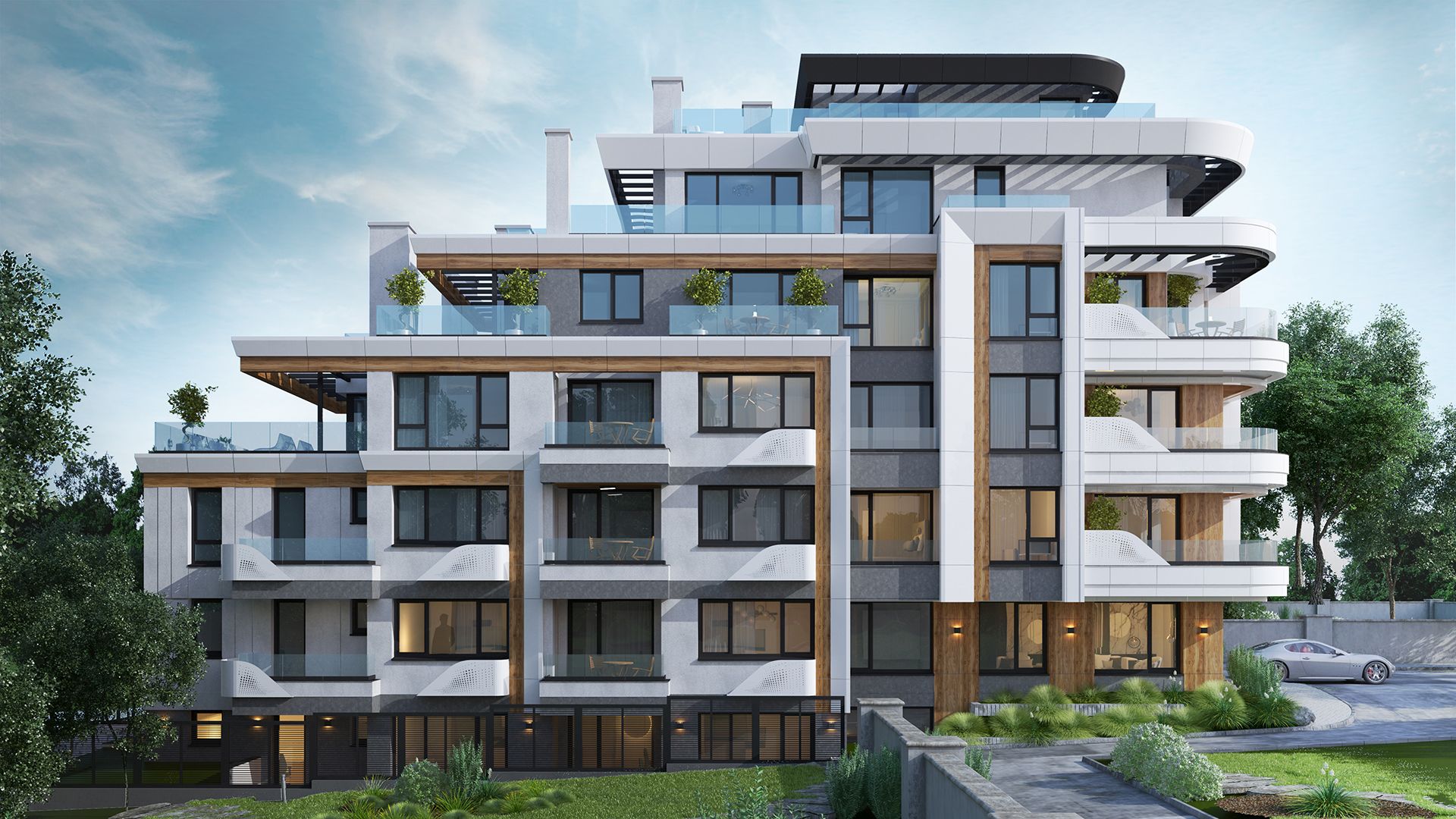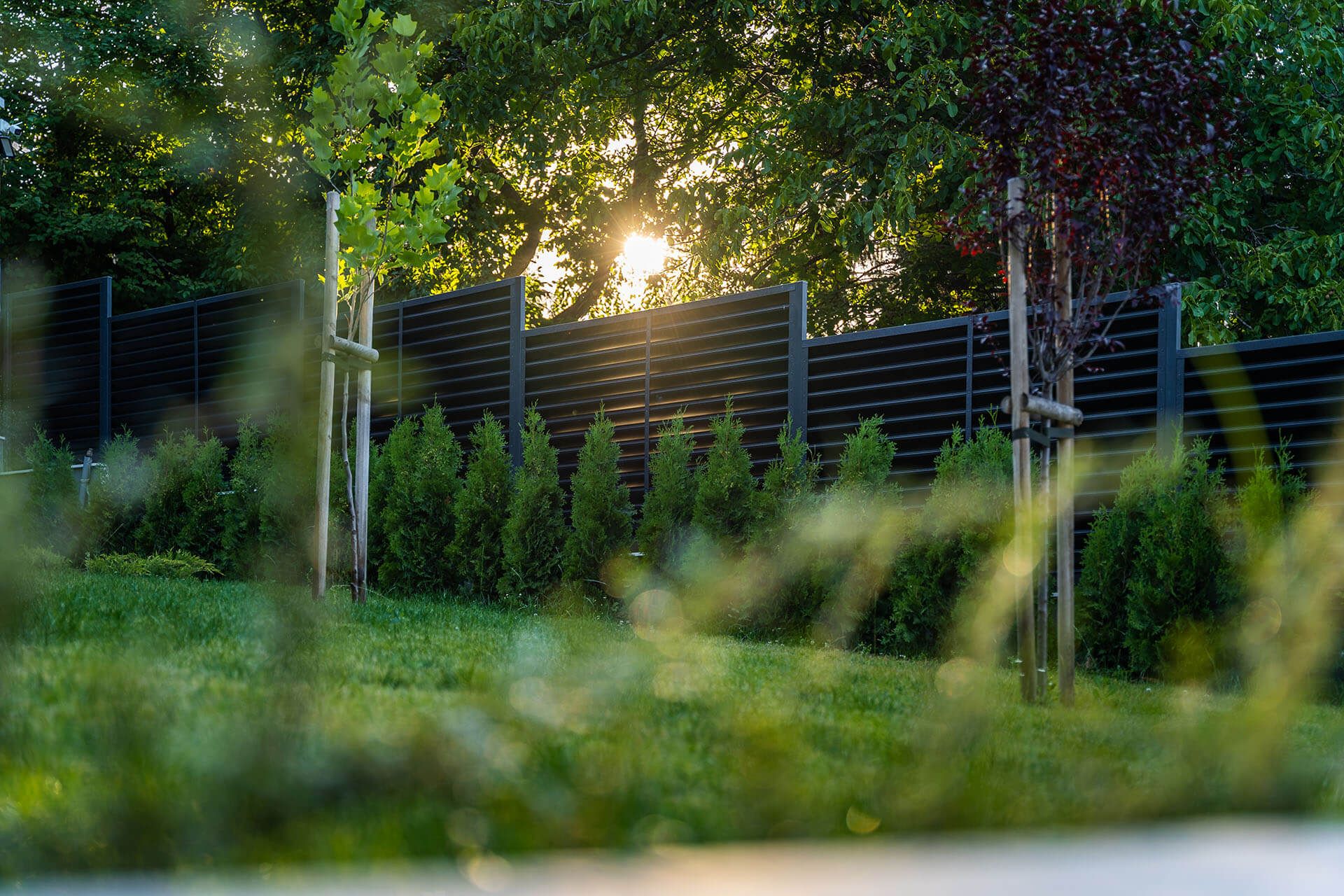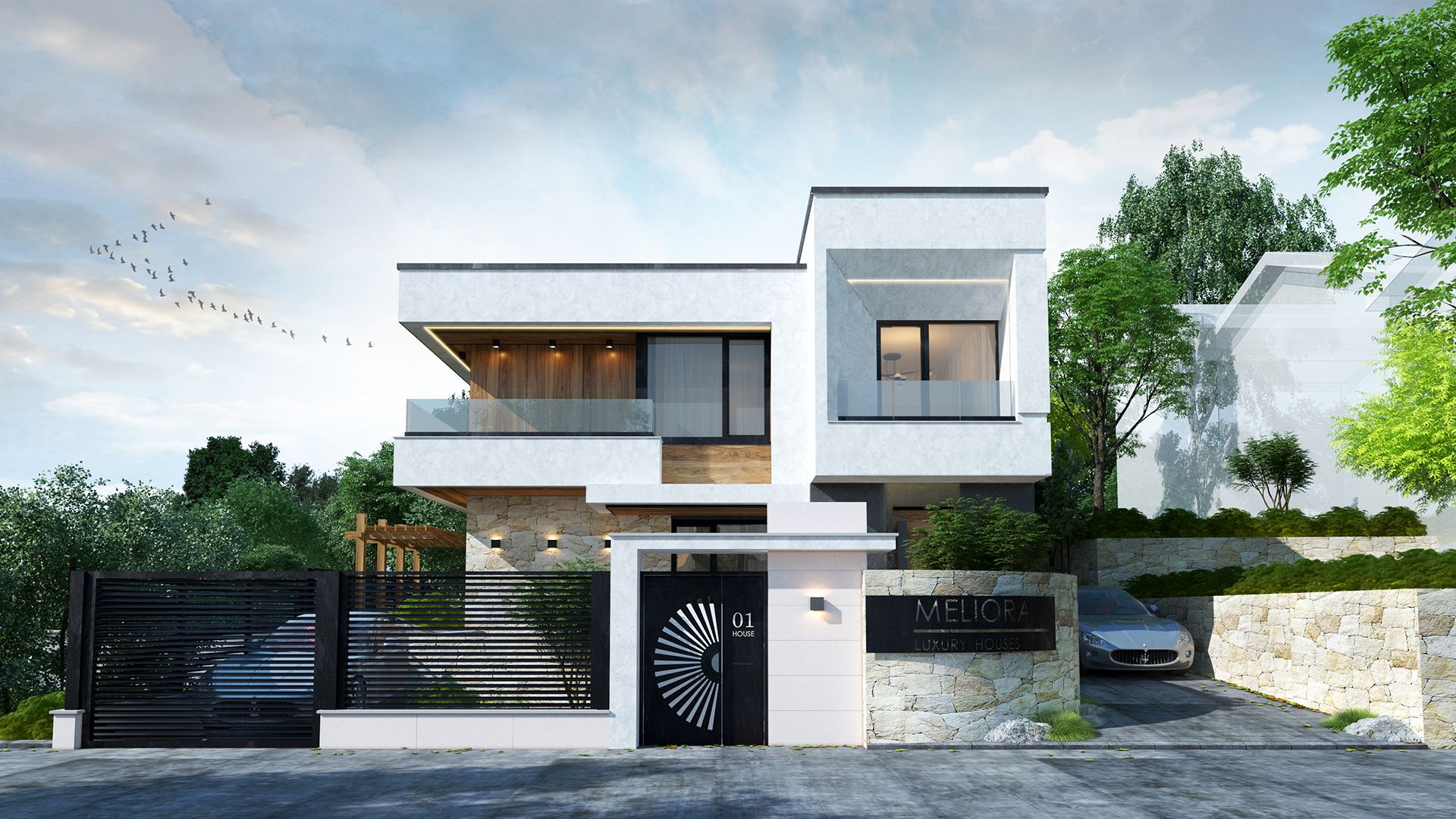гр. София, ул. "Лерин" №7/ 7 Pchela str, Sofia
Architecture Before, Now, and in the Future
17/07/2023
Changes in Architecture: Past, Present, and Future
Architecture represents the art and science of designing, constructing, and shaping buildings and structures. It is an expression of the culture, economy, technological advancement, and social needs of a particular society. Throughout its history, architecture has undergone significant changes that reflect the development of people and technologies.
%20-%20Copy.jpg)
In the past, architecture was closely intertwined with religion and cultural beliefs. Grand religious structures such as the pyramids in Egypt, medieval cathedrals, and Asian temples are examples of this. Architecture also reflected the power of rulers and empires, with notable examples being the Roman Colosseum and the Taj Mahal.
With the development of industrialization and technological advancements in the last centuries, architecture has undergone significant changes. A period of modernism and functionalism emerged, where form follows function. The goal was to create efficient and practical structures, utilizing new materials and construction techniques.

In today's world, architecture is at the forefront of sustainable design, placing great emphasis on energy efficiency, ecological sustainability, and interaction with the surrounding environment. Intelligent systems and technologies also play a significant role in the appearance and functionality of modern architecture.
In the future, architecture will continue to evolve and adapt to new needs and technologies. Designing sustainable and intelligent buildings, integrating renewable energy sources, and utilizing advanced materials are just some of the challenges that will be encountered. Additionally, social and cultural trends will influence architecture, including the incorporation of collaborative spaces, public engagement areas, and green spaces.
In conclusion, architecture undergoes continuous development and adaptation to changing needs and technologies. It has the ability to create spaces that combine functionality, aesthetics, and sustainability while reflecting the identity and values of a particular society.



.jpg)